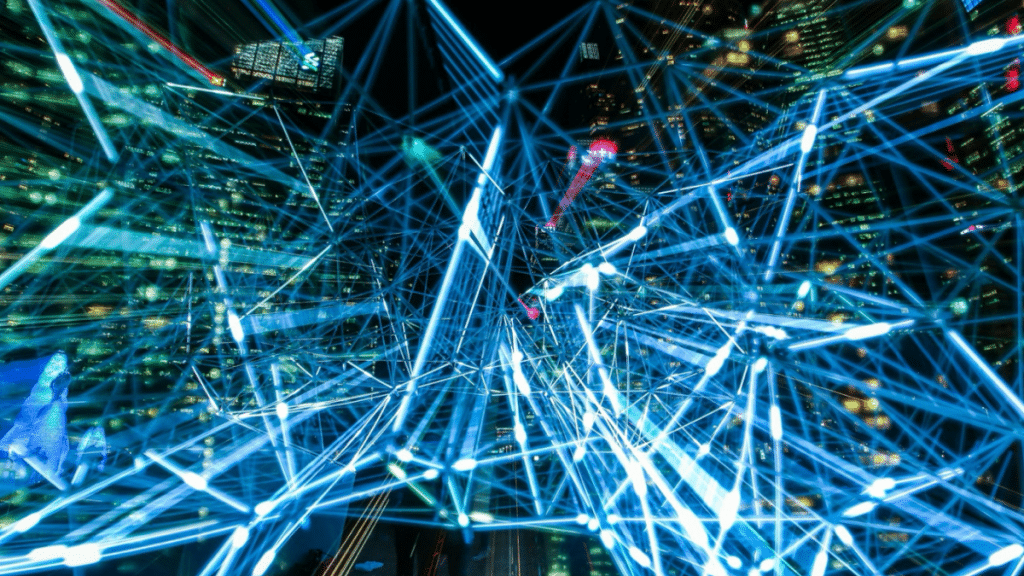The pandemic presented significant physical changes among the human population worldwide, but the emotional effects have been uniquely severe. Despite the stay-at-home orders being long gone and social distancing efforts dissipating over time, many individuals struggle with loneliness daily.
At the pandemic’s peak, artificial intelligence (AI) resources, like chatbots, became a tool of companionship for humans. The current era of technology may allow AI to emerge; however, many businesses and academic spaces find that an AI Detector for content verification remains necessary, regardless of companionship convenience.
The Advancement of AI Companions: A Look at AI Girlfriend
While an AI Girlfriend sounds intriguing in theory, do its pros outweigh the cons? As humanity moves halfway through the decade, AI’s momentum picks up with new advancements and innovations seemingly daily. Over the last few years, AI companions have become a hot topic among younger generations. Many believe this artificial intimacy stems from lacking human connection during the pandemic.
AI Girlfriend is one of the latest digital companions taking humanity by storm. The platform encourages personalized relationships while helping its users build emotional support. Despite its promising outlook, curious consumers should consider the potential benefits and concerns of these artificial allies.
Benefits of AI Companions
Although AI companions don’t physically resemble human beings, they can mimic the emotions behind genuine human relationships. These platforms could empower users to deepen their intimacy efforts through meaningful conversations. Intelligent systems like AI Girlfriend offer customization options and complete accessibility from practically anywhere with an internet connection. Users can engage in these artificial yet non-judgmental interactions from the comfort of their own homes, in office settings, or even on public transportation.
Dependency Concerns With AI Companions
On the surface, AI companions seem like a fair way for humans to fine-tune their communication skills while maintaining a desired level of intimacy. Conversely, consistent usage of AI for companionship could lead to increased dependency while compromising one’s ability to interact with real people.
Furthermore, AI, in any capacity, collects each user’s data, raising concerns about possible privacy violations. As a result, it’s critical to approach these digital companionship platforms with caution and an enhanced understanding of the technology’s limitations.
The Importance of Content Verification: The Role of AI Detector
Systems such as AI Girlfriend can benefit personal companionship but could also lower a user’s awareness of AI-generated content. Consequently, tools like AI Detector have become crucial in content verification.
Consumers can leverage AI detection tools in various ways, but there are a couple of key use cases worth considering:
- Education—While AI can supplement educational settings, a detection tool is necessary to safeguard these academic spaces from misinformation or outdated instruction. Content verification can also help maintain academic integrity. For example, many school systems have seen a rise in the usage of AI-powered writing tools. A detection tool could identify AI-generated text in a student’s submission.
- Journalism – Similar to educational environments, AI can spread misinformation or disinformation across news websites. In a competitive industry such as journalism, an AI detector can mitigate plagiarism while verifying that all shared information is accurate and updated.
As generative AI technologies evolve, more obstacles will emerge across various educational and organizational sectors. With AI detection tools, companies and academic institutions can stay ahead of AI’s volatile nature.
AI Creation and Detection at a Crossroads
Platforms like AI Girlfriend depend on generative AI to promote increased digital intimacy among users. On the other hand, tools like AI Detector guarantee content accountability and transparency.
AI creation tools often present an unpredictable push-and-pull dynamic with users. Detection mechanisms, on the other hand, show a push-pull strategy that works hand in hand with human users. While AI detection tools actively scan for artificial content, users can flag issues manually, enabling proactive and reactive techniques that combine human efforts with technical ones.
As AI creation and detection continue to rise in relevance, blending the benefits and offerings of the two tools could improve ethical considerations over time. Detection insights could modify how platforms like AI Girlfriend are developed before emerging.
AI’s Impact on Society: From Personal Connections to Public Trust
In recent years, more time is spent online than offline. Subsequently, AI creation tools like AI Girlfriend influence social standards surrounding companionship and relationships.
While AI creation tools gain popularity, AI detection resources can preserve public trust in digital media and communication. Widespread adoption of AI may have its benefits in streamlining cumbersome processes, but a potential for dependency remains. Tools like AI Girlfriend and AI Detector could lead humans to rely on resources, lowering their ability to spot issues without artificial assistance.
Embracing AI Responsibly With Ethics and Practicality
As these advanced technologies become more prominent, ethical AI development could steer innovations in a direction that positively impacts society. Key concerns such as transparency, bias, privacy, human values, and environmental effects could promote a healthy evolution of AI companionship and detection when building these tools.
AI Girlfriend and AI Detector sit on either side of the same coin. The role of these progressive tools will depend on each user’s ability to maneuver them responsibly in both personal and professional settings. With a balanced approach to AI integration, humans can build an optimistic connection outlined by trust with these digital resources.
